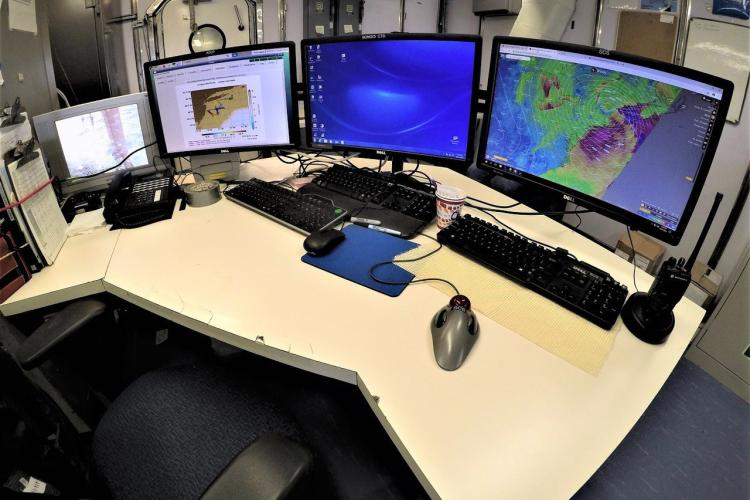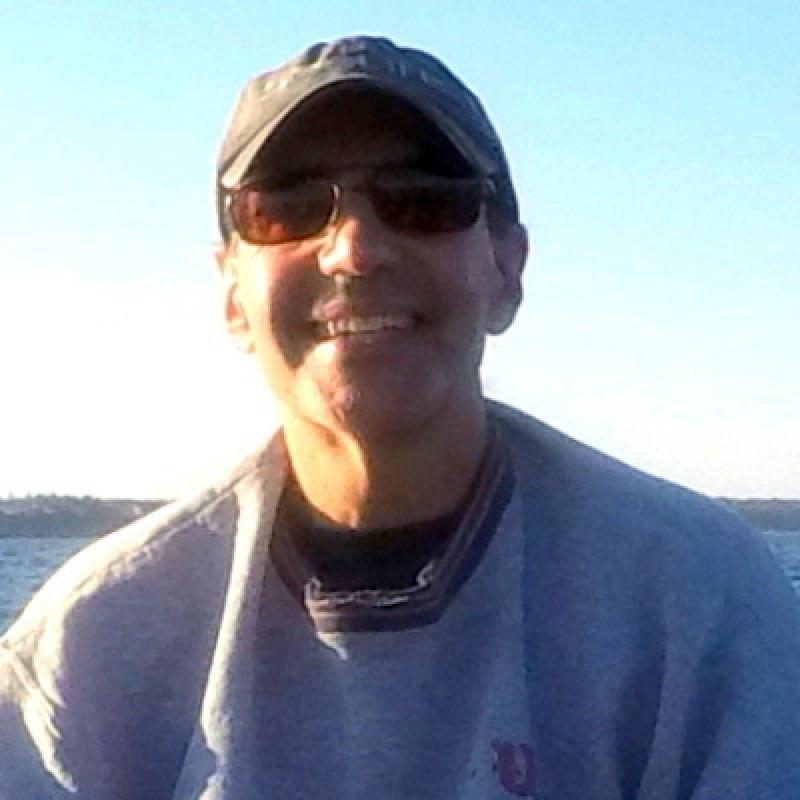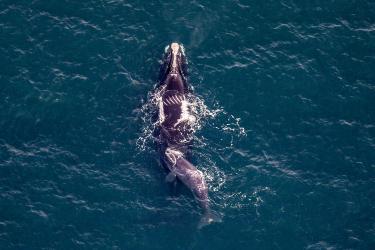The NOAA Ship Gordon Gunter set sail from Naval Station Newport, Rhode Island under beautiful conditions with sunny skies and calm seas. We are off on the Northeast Fisheries Science Center's fall Ecosystem Monitoring, or EcoMon, cruise.
Hard to believe things could change so much in less than 48 hours! On the second night, winds and seas have picked up so much from a large coastal storm that we stopped working and are presently off the coast of New Jersey, waiting for the storm to pass before we can safely put any more gear over the side.
Until this point the cruise was making great progress, with 11 plankton sampling stations completed. On stations south of Long Island, we got a lot of gelatinous plankton, ctenophores (comb jellies) and ribbed medusae, along with a few juvenile hake and butterfish. As we went further south, we got fewer jellies and saw some herring larvae, then had to stop working soon after that.
This cruise is really primed to look at many different aspects of the marine environment, including some firsts for an ecosystem monitoring survey.

We have Yuan Liu from the Northeast Fisheries Science Center's Milford Lab set up to look for environmental DNA, eDNA for short, in seawater. Patricia Meyer from the University of Connecticut is along to look for traces of mercury in seawater.
Two students from the University of Rhode Island are here to continue research by Dr. Colleen Mouw on how the optical properties of seawater will change based on the phytoplankton in it. We are also continuing to collect pictures of phytoplankton using an Imaging FlowCytoBot, a kind of underwater microscope, that is on loan from Woods Hole Oceanographic Institution.
All of this is in addition to our primary mission of monitoring plankton distribution and abundance, and the temperature, salinity, chlorophyll and oxygen in the water column. We are also monitoring seawater acidity and looking at the levels of carbon dioxide in the near-surface water.
Now all we need is some good weather to continue on with the cruise. Our forecast for Friday is looking promising!
Jerry Prezioso
Chief Scientist
GU1905 Fall Ecosystem Monitoring Survey




